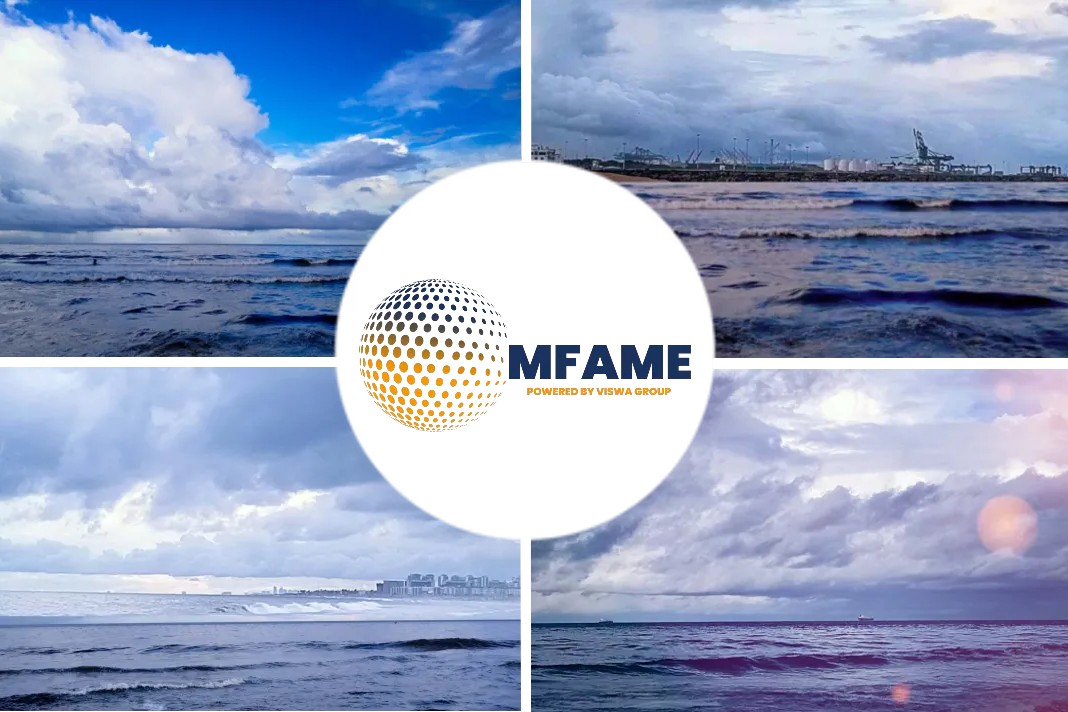
Fuel is one of the biggest costs in ocean shipping, and fuel pricing has seen some big changes in recent months, featuring new dynamics that haven’t been seen in years. Prior to the IMO 2020 regulation implemented on Jan. 1, 2020, most of the world’s commercial ships ran on 3.5% sulfur fuel known as high sulfur fuel oil (HSFO). Ships with exhaust-gas scrubbers can continue to burn HSFO under IMO 2020, while others — the majority of the commercial fleet — have switched to more expensive fuel with 0.5% sulfur known as very low sulfur fuel oil (VLSFO).
VLSFO-HSFO Spread Drops
Ship & Bunker publishes the average price of marine fuels at the world’s top 20 refueling hubs. On Wednesday, the discount of HSFO to VLSFO dropped to just $73 per ton. The last time it was this low was in early December 2020. The all-time low was $45 per ton in November 2020. The peak — $420.50 per ton — was hit last July. The average discount of HSFO to VLSFO has been near or below $100 per ton since early June. This is bad news for ships with scrubbers, increasing the payback period for the installation costs.
Fuel Surcharges
The spread is falling because VLSFO and HSFO prices are going in different directions. After peaking in mid-2022, both fell sharply and roughly in unison during the second half of last year. They began diverging this February. According to Ship & Bunker data, the average price of VLSFO at the top 20 refueling hubs was $595.50 per ton on Wednesday. That’s down 15% from the average price on Feb. 1. The average price of HSFO at the top 20 hubs was $522.50 per ton on Wednesday, up 12% from Feb. 1. Average VLSFO and HSFO prices are down 37% and 40%, respectively, from record highs after the invasion. In the container shipping sector, this has led to reduced Bunker Adjustment Factor (BAF) charges to cargo shippers.
Cheaper LNG
Beyond the unusually small VLSFO-HSFO spread, the other anomaly in today’s marine fuels market relates to liquefied natural gas, which is now cheaper than VLSFO or HSFO in the port of Rotterdam, Netherlands, for the first time in over two years. LNG fuel was initially promoted to shipping (including cruise shipping) in the mid-2010s as a better way to comply with IMO 2020 than burning VLSFO or installing scrubbers. More recently, it has been pitched — more controversially — as a way for shipping to reduce greenhouse gas emissions. There are 936 dual-fuel commercial ships capable of burning LNG currently on the water, with an additional 876 on order, according to Clarksons Research. But for most of these ships to actually use LNG, it needs to be competitively priced versus VLSFO.
Did you subscribe to our daily newsletter?
It’s Free click here to Subscribe
Source: Freightwaves























